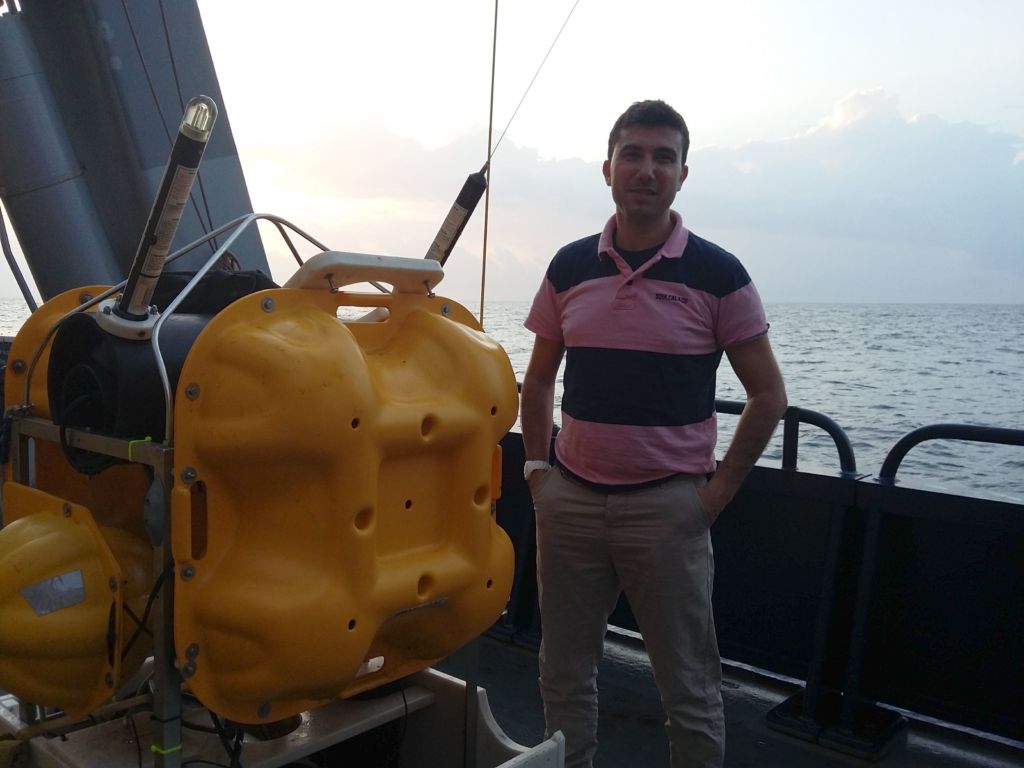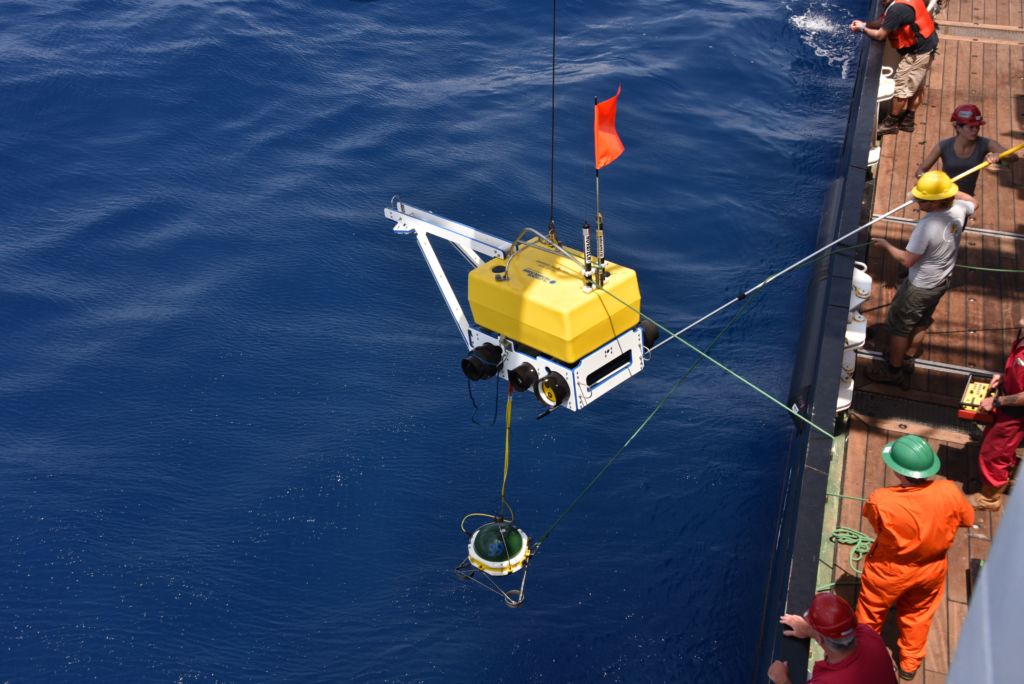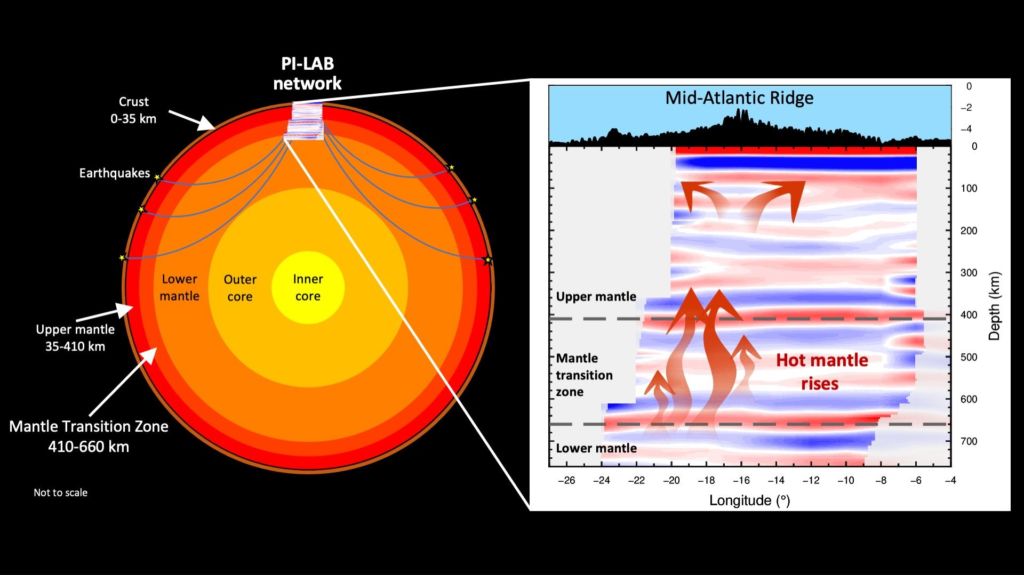Maltese Seismologist’s Tectonic Work Is Unveiling The Secrets Of Earth’s Crust

A Maltese seismologist is part of a team of international researchers discovering secrets hidden beneath the earth’s mantle.
Their research has opened the door to new discoveries about planet Earth’s internal mechanisms and may even explain how the Atlantic Ocean came into existence. For the first time ever, the presence of a zone in the Earth’s mantle below the mid-Atlantic Ocean, which is thinner than average and is characterised by high temperatures, has been found.
The theory of plate tectonics has been established for more than 50 years – but Agius’ research may be adding some important new information to the science.
The geographical discipline sees the world as a cracked shell, with the “broken parts of the shells” seen as tectonic plates, moving slowly over time. The interaction between tectonic plates has spectacular consequences: the formation of mountain ranges, the opening of the oceans, as well as the influence on the most catastrophic natural events including earthquakes, tsunamis and volcanic eruptions.
The mechanism capable of moving these plates on the Earth’s crust remains a hotly debated topic – and what happens under the ocean has always been thought to have a secondary function.
The primary function, in this case, being the force of gravity that pulls the plates down at subduction zones. This phenomenon is based on the principle of convection: hot light denser material rises, and cold, dense material sinks down.
The team’s work was even published in the prestigious scientific journal Nature, with Matthew Agius as the main author.

Matthew Agius

In the middle of the Atlantic Ocean, there’s a line separating the American tectonic plate from those of Europe and Africa, known as the mid-Atlantic ridge.
The international team of researchers were able to find images of the mantle transition zone, a zone located between the depths of 410 to 660km, which is thinner than average and characterised by high temperatures.
These conditions favour the vertical movement of the mantle, facilitating flow from the lower to the upper mantle all the way to the surface and eventually contributing to the opening of the Atlantic Ocean.

“In 2016, I participated in an exciting experiment in the middle of the Atlantic Ocean to try to determine what defines a tectonic plate, how it ages, and to determine the mechanism that drives the plates over time,” Agius recounted to Lovin Malta.
“Thirty-nine seismometers were placed on the ocean floor, in the middle of the Atlantic Ocean, and recorded seismic activity from around the world for a whole year,” he continued. “Thanks to the analysis of these data, the Earth’s internal structure has been revealed to depth down to 700 km. We found evidence of an upsurge of matter from deep beneath the Earth’s crust that could be pushing the continents of North and South America farther apart from Europe and Africa.
“The results obtained offer a new image of how the Earth’s internal dynamics are related to the formation and movement of tectonic plates at the surface of the Earth”.

The experiment, referred to as PI-LAB (Passive Imaging of the Lithosphere-Asthenosphere Boundary) and EURO-LAB (Experiment to Unearth the Rheological Oceanic Lithosphere-Asthenosphere Boundary) is funded by the European Research Council (ERC) and the Natural Environment Research Council (UK) under the direction of Dr Catherine Rychert and Dr Nicholas Harmon of the University of Southampton (UK).